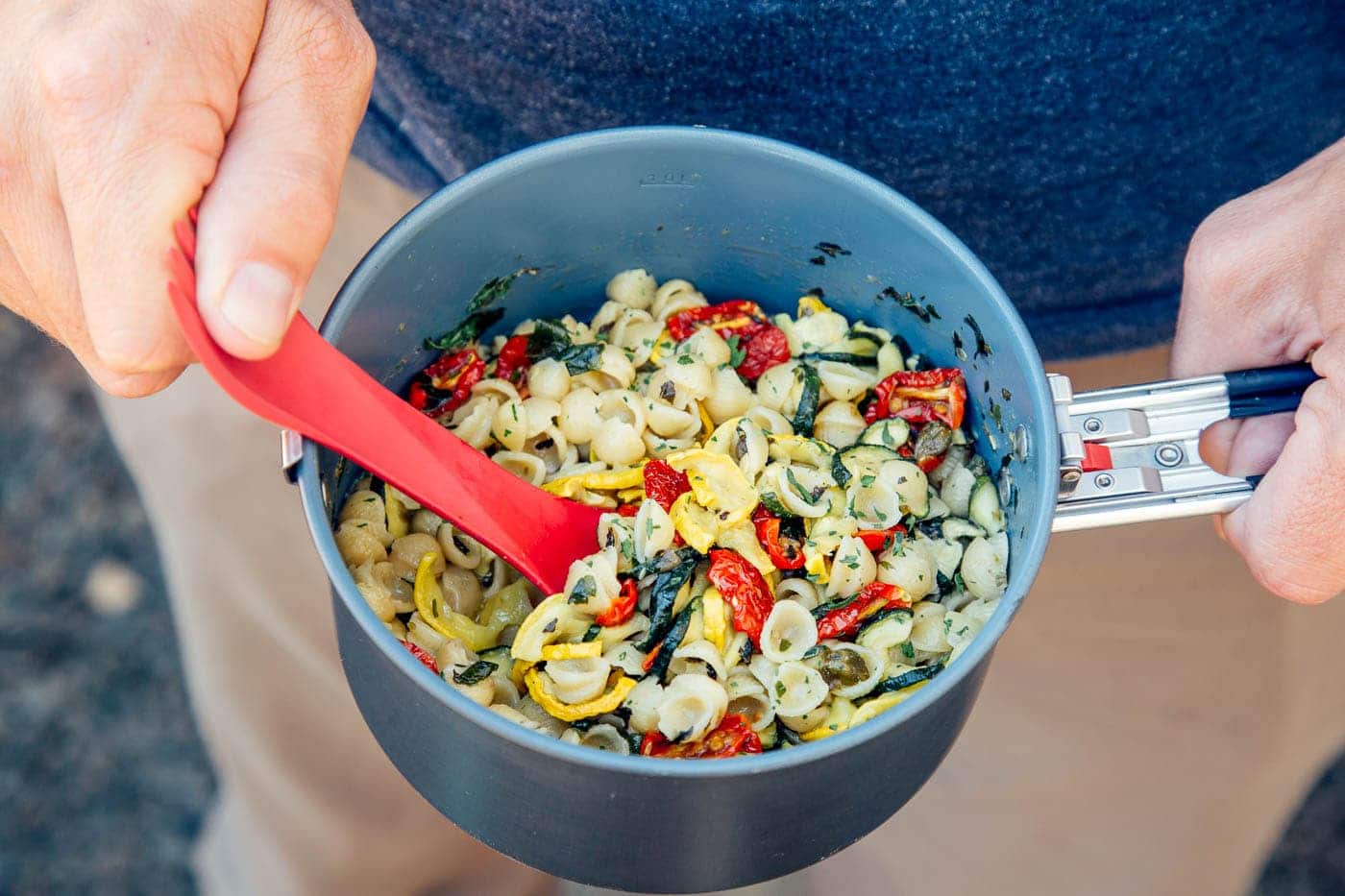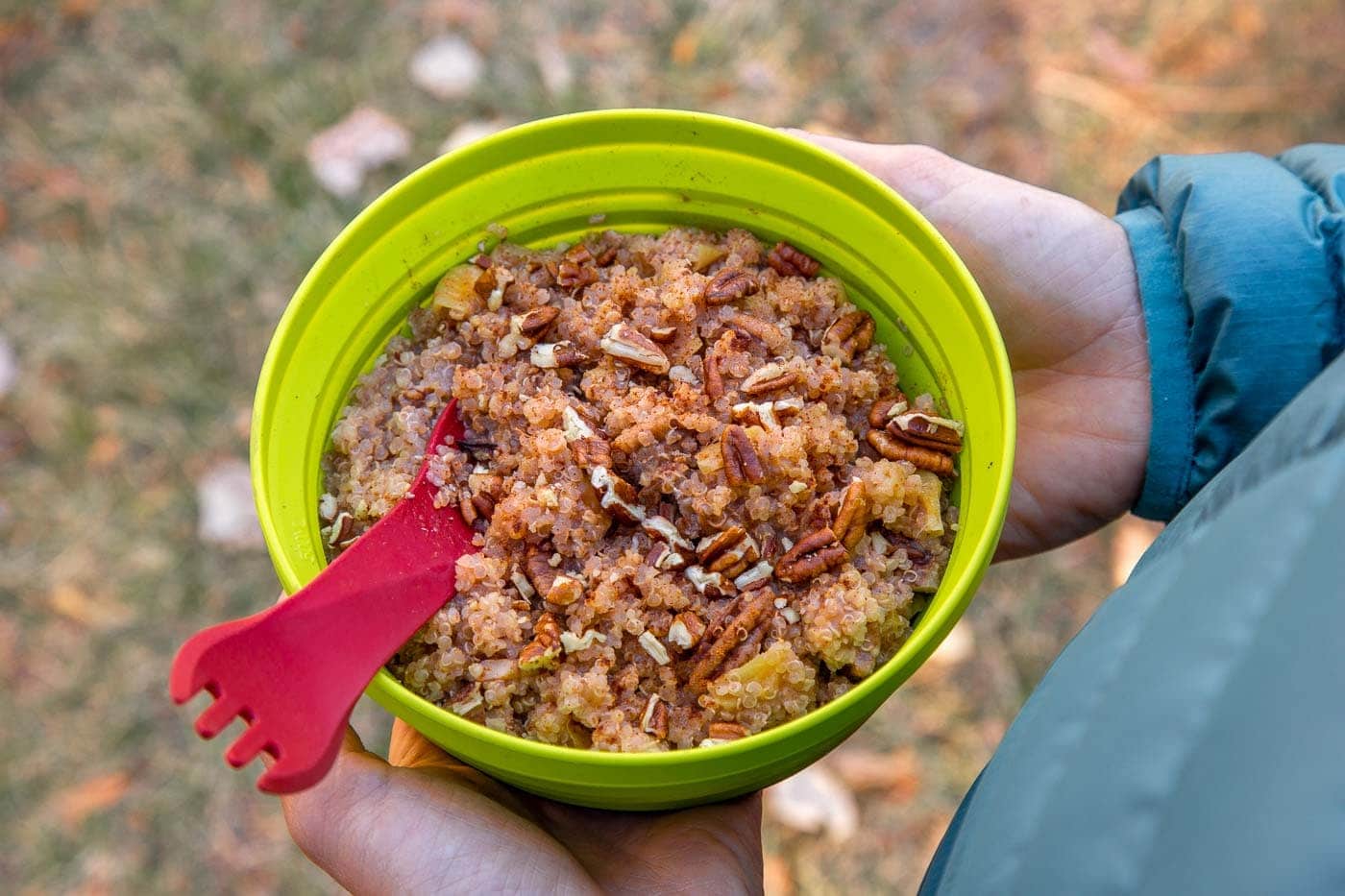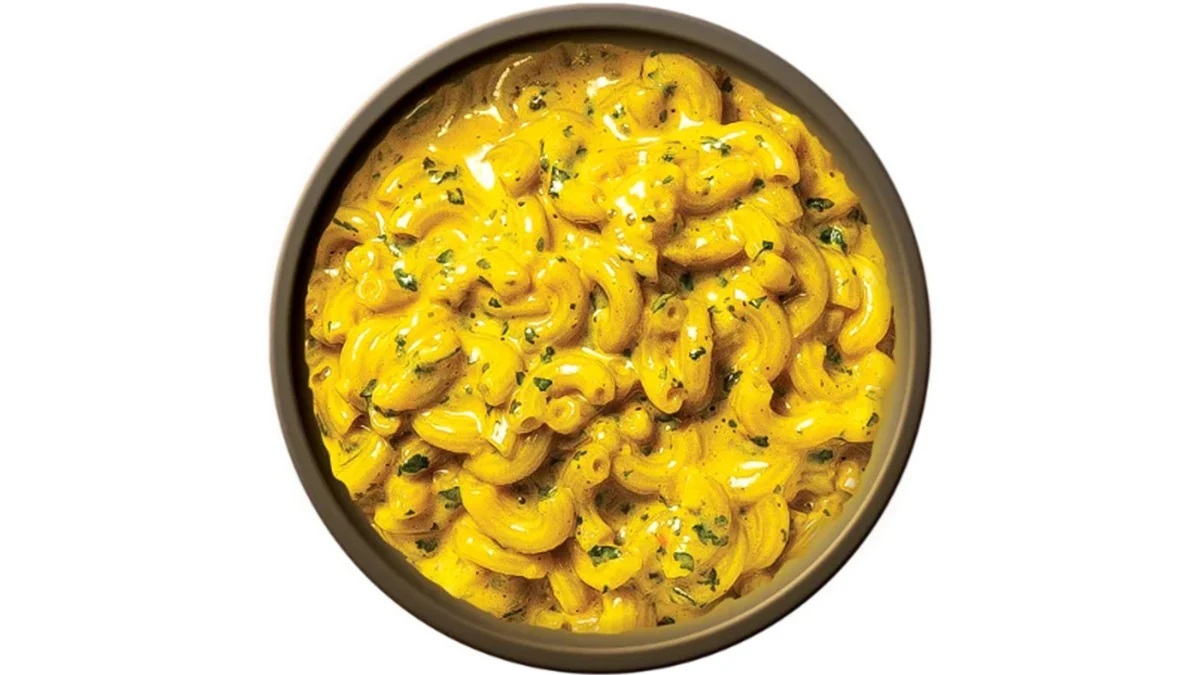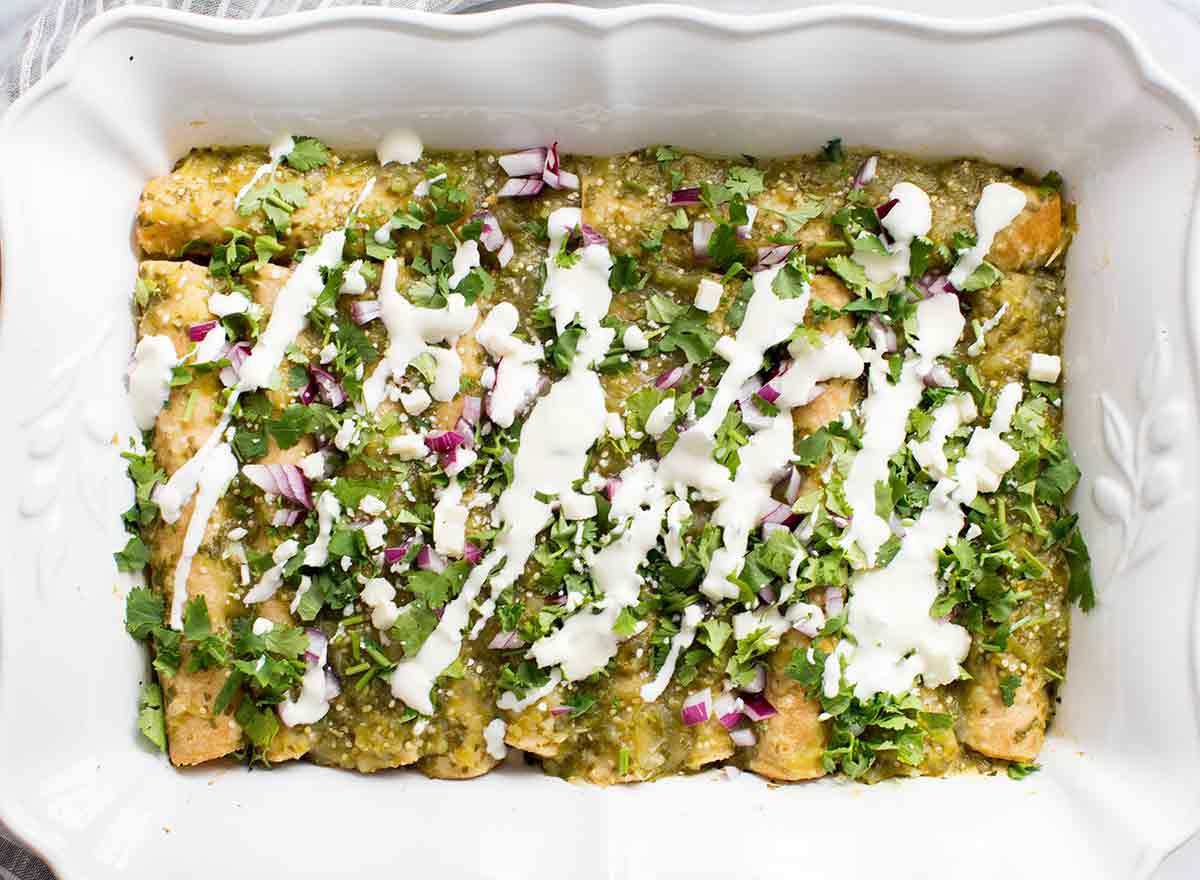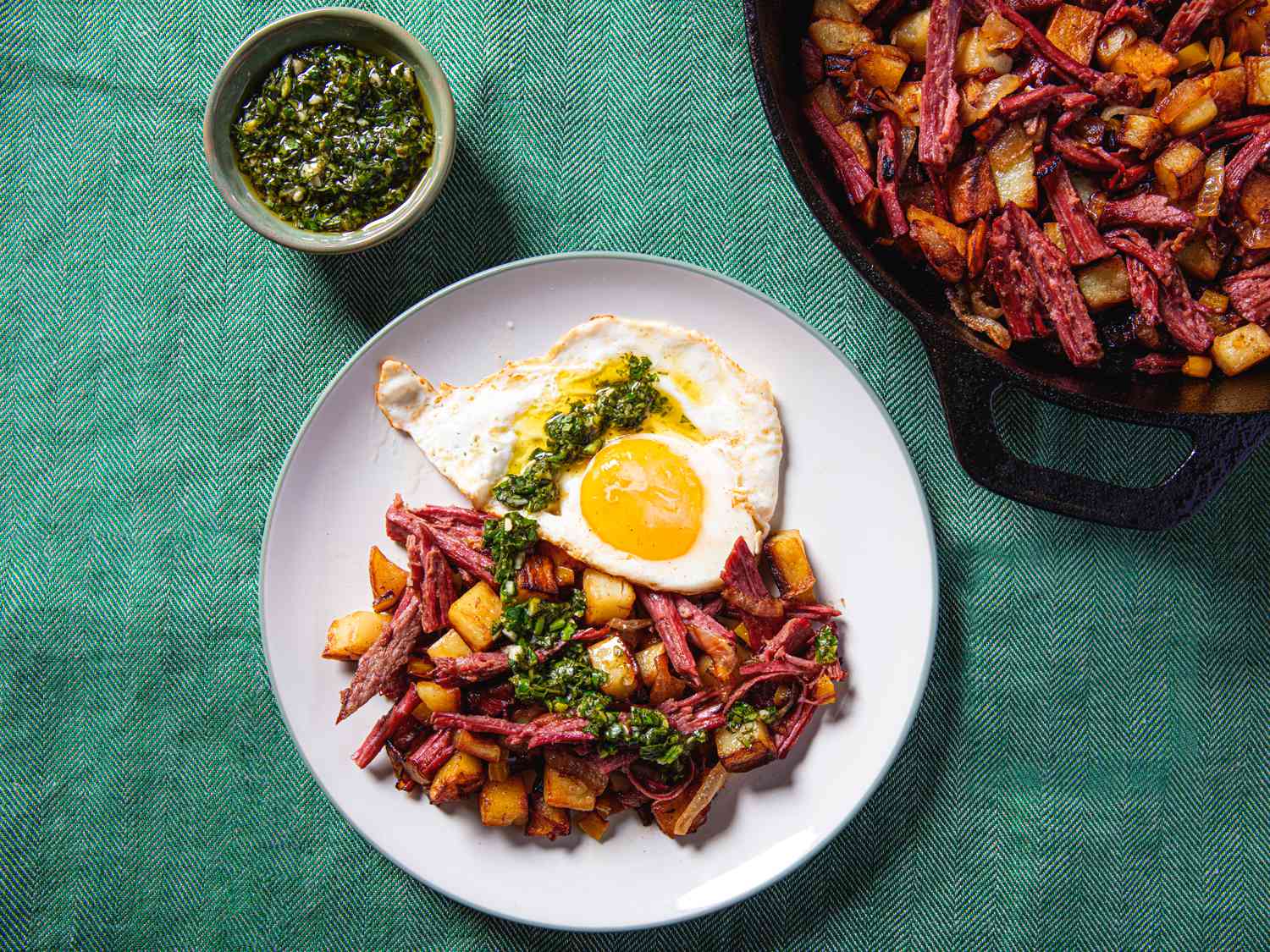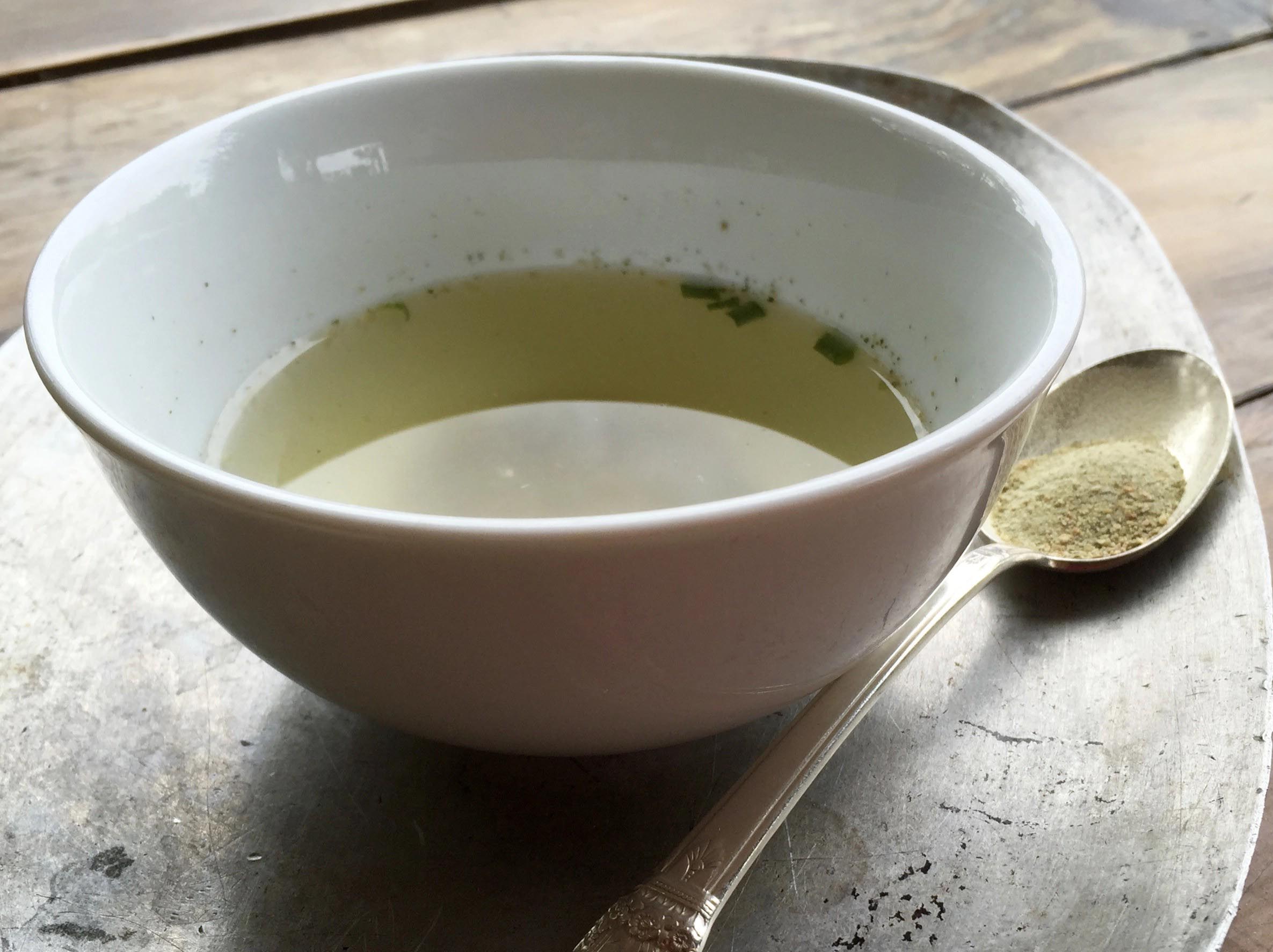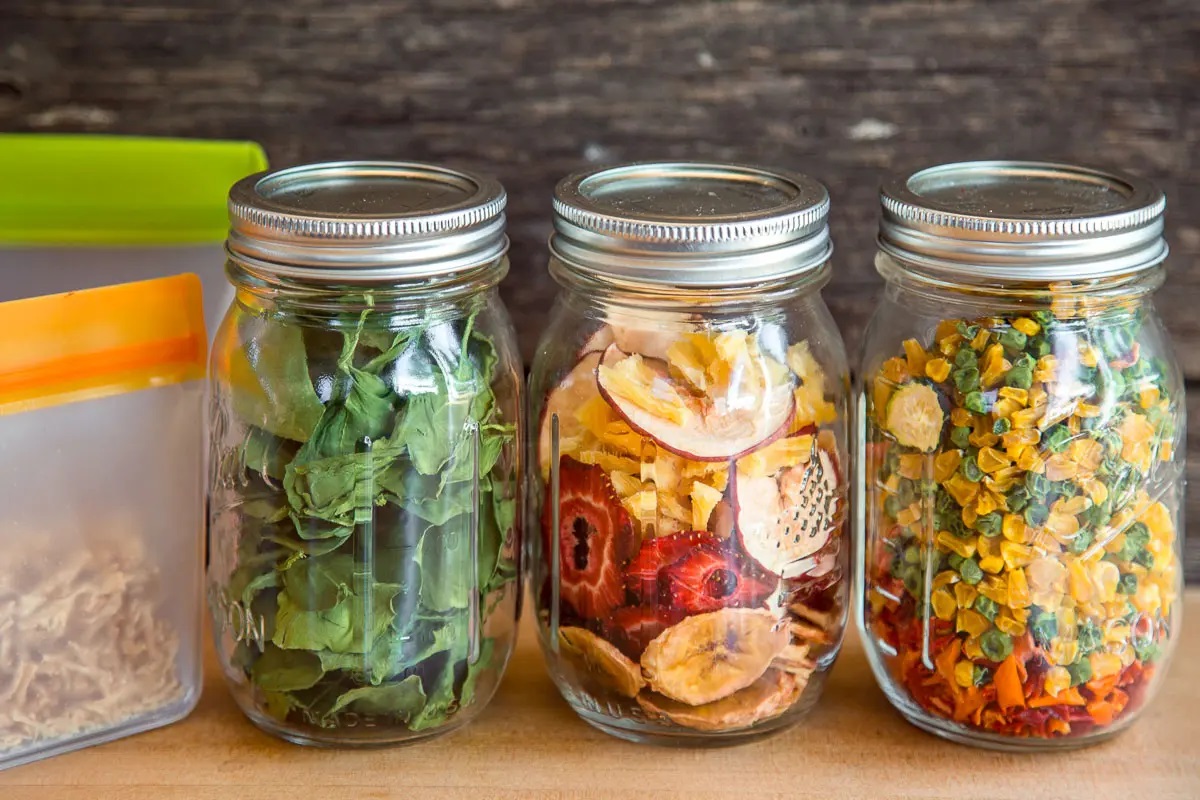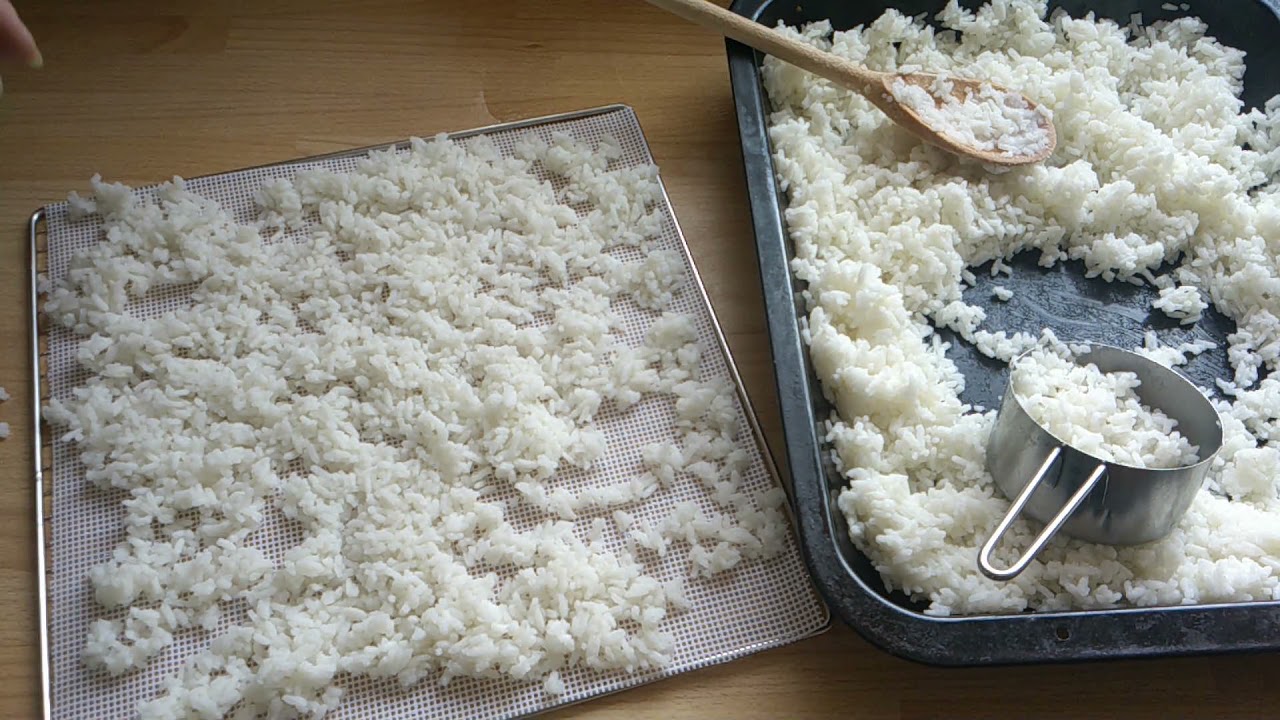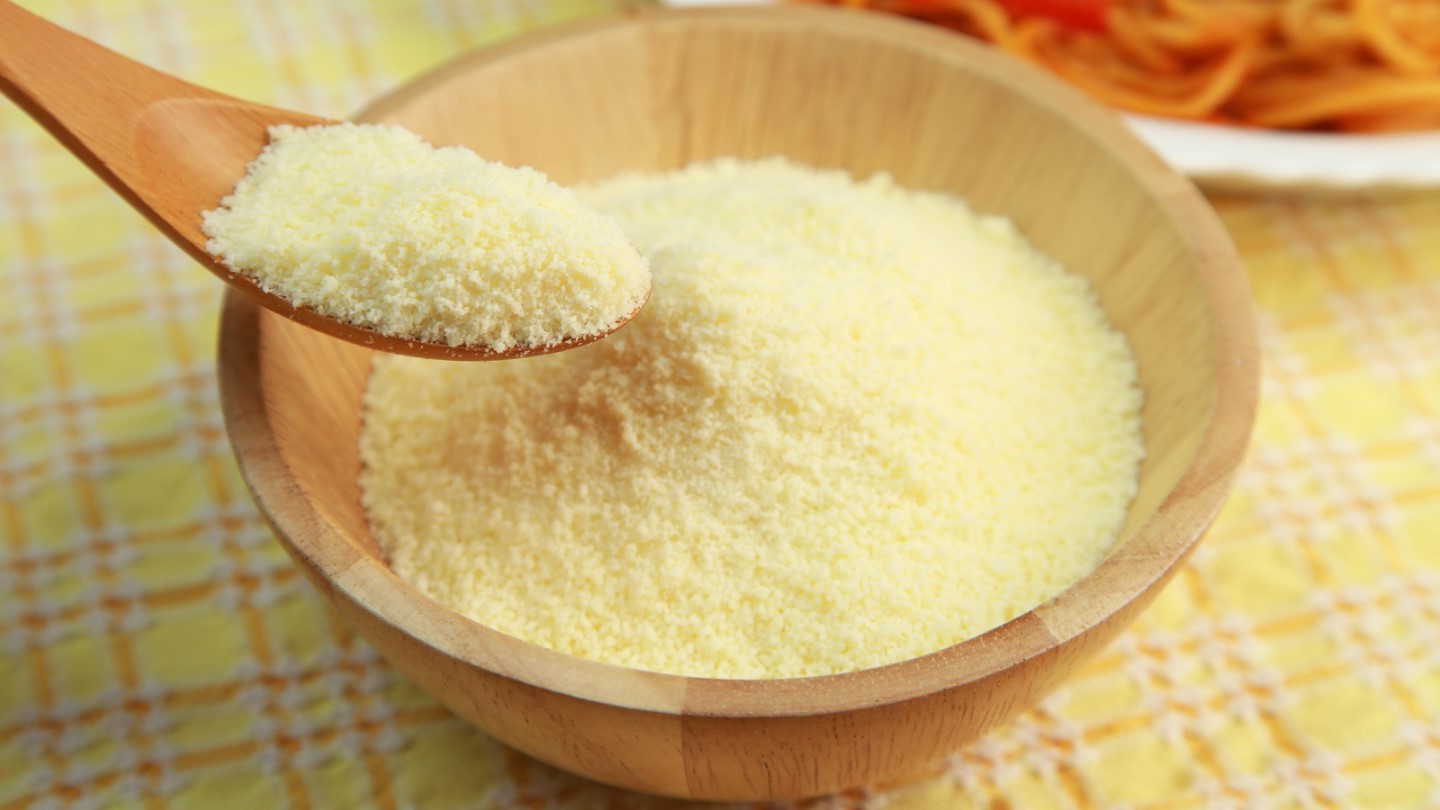Backpacking meals often bring to mind bland, dehydrated food. But what if you could enjoy delicious, nutritious dishes while exploring the great outdoors? Reinventing classic backpacking meal recipes can transform your outdoor dining experience. Imagine savoring a hearty quinoa chili or a flavorful couscous salad after a long hike. With a bit of planning and creativity, you can upgrade your trail menu without adding extra weight to your pack. This guide will show you how to prepare tasty, easy-to-make meals that keep you energized and excited for your next adventure. Let's dive into some mouthwatering options.
Essential Ingredients for Your Backpacking Feast
- Instant rice
- Dehydrated black beans
- Powdered cheese
- Freeze-dried vegetables (corn, peas, carrots)
- Spices (cumin, chili powder, garlic powder)
- Olive oil packets
- Tortillas (for serving)
- Salt and pepper to taste
Gear Up: Tools Needed for Reinventing Classic Backpacking Meal Recipes
- Portable stove or camping cooker
- Lightweight pot or pan
- Durable spatula or cooking spoon
- Compact cutting board
- Sharp knife
- Reusable water bottle or hydration system
- Biodegradable soap and sponge for cleaning
- Food storage containers or bags
- Portable spice kit
- Collapsible measuring cups and spoons
Swap instant noodles for quinoa or couscous. Add dehydrated veggies, spices, and a protein like jerky or beans. Lightweight, nutritious, and easy to cook with just boiling water.
Why This Recipe is a Must-Try
Reinventing classic backpacking meal recipes keeps your outdoor adventures exciting and nutritious. By updating traditional dishes, you can enjoy healthier, more flavorful meals while hiking. Modern ingredients and techniques make preparation easier, ensuring you stay energized and satisfied on the trail. Plus, it adds variety to your camping experience.
Cooking Steps for Reinventing Classic Backpacking Meal Recipes
-
Identify Staples: Start with backpacking staples like rice, pasta, beans, and dehydrated vegetables. These ingredients are lightweight, nutritious, and form the base of many meals.
-
Opt for High-Energy Ingredients: Include nuts, seeds, and dried fruits for their high energy-to-weight ratio. These add flavor, calories, and nutrients without much bulk.
-
Dehydrate Your Own Ingredients: If possible, dehydrate vegetables, fruits, and even meats at home. This method allows for more variety and control over what goes into your meals.
-
Spice It Up: Don't skimp on spices and seasonings. They're crucial for transforming bland staples into delicious meals. Carry a small assortment of your favorites.
-
Pre-Mix Meals: Before your trip, mix dry ingredients for each meal and pack them in zip-lock bags. Label each bag with the meal type and cooking instructions.
-
Utilize Boil-in-Bag Cooking: For easy cooking and cleanup, use the boil-in-bag method. Place meal bags in boiling water until the contents are fully rehydrated and warm.
-
Embrace One-Pot Meals: Focus on recipes that can be cooked in a single pot. This approach minimizes cleanup and simplifies cooking on the trail.
-
Plan for Nutrition: Balance your meals to include carbohydrates for energy, proteins for muscle repair, and fats for long-lasting fuel. Each meal should offer a mix to support your activity level.
-
Master No-Cook Meals: For lunch or snacks, prepare meals that don't require cooking. Think nut butter on tortillas or pre-mixed trail mix with a variety of nuts, seeds, and dried fruits.
-
Calculate Portions Carefully: Overpacking food adds unnecessary weight. Calculate your daily calorie needs and plan portions accordingly to avoid carrying extra.
-
Practice Leave No Trace: Pack out all trash, including zip-lock bags and leftovers. Choose environmentally friendly packaging when possible.
-
Stay Hydrated: Carry a reliable water purification method and drink regularly. Cooking dehydrated meals requires extra water, so plan your water sources accordingly.
-
Test Meals at Home: Before your trip, try cooking and eating your pre-mixed meals at home. This test run helps adjust flavors and portions as needed.
-
Pack a Compact Stove and Cookware: Choose lightweight, compact cooking gear. A small stove, pot, and utensil are often sufficient for most backpacking meals.
-
Share Meals: If backpacking in a group, plan to share meals. This strategy can reduce the amount of cooking gear and ingredients needed, lightening everyone's load.
Bringing It All Together
Reinventing classic backpacking meals can turn your outdoor adventures into a culinary delight. By adding a few fresh ingredients or trying new cooking techniques, you can elevate simple dishes into something memorable. Think about incorporating dehydrated vegetables, spices, and protein-packed options like quinoa or lentils. These tweaks not only enhance flavor but also boost nutrition, keeping you energized on the trail. Remember, preparation is key. Pre-pack ingredients in ziplock bags and plan your meals to save time and reduce waste. With a bit of creativity, your next backpacking trip can be as much about enjoying great food as it is about exploring the great outdoors. Happy trails and happy cooking!
Common Questions About Reinventing Classic Backpacking Meal Recipes
What makes backpacking meals different from regular recipes?
Backpacking meals prioritize lightweight, non-perishable ingredients that can easily be packed and carried. They're designed to provide high energy with minimal cooking fuss, perfect for fueling adventures without weighing you down.
How can I reinvent classic recipes for backpacking?
Start by swapping out fresh ingredients for their dried or freeze-dried counterparts. Consider dehydrating your own meals to control flavors and nutrition. Get creative with spices and herbs to add zest without extra weight.
Are there quick cooking methods suitable for the trail?
Absolutely! Opt for one-pot meals that can be rehydrated with boiling water. This method saves time, fuel, and cleanup effort. Also, cold-soaking is a fantastic no-cook option for grains and pasta.
Can I still enjoy gourmet meals while backpacking?
Sure thing! Gourmet backpacking meals are all about quality ingredients and a bit of culinary creativity. Pack lightweight garnishes like dried herbs or a small bottle of olive oil to elevate your dishes.
What are some essential ingredients for backpacking meals?
Key ingredients include dehydrated vegetables, beans, whole grains, and lean proteins like jerky or freeze-dried meats. Don't forget high-energy snacks such as nuts and dried fruits.
How do I keep my backpacking meals safe and fresh?
Proper storage is crucial. Use vacuum-sealed bags or airtight containers to protect your meals from moisture and pests. Always pack out what you pack in, maintaining respect for nature.
Any tips for first-time backpackers worried about meal planning?
Keep it simple. Focus on meals that require minimal preparation and cooking. Test recipes at home to adjust for taste and portion size. Remember, practice makes perfect, and soon you'll be a trailside gourmet!
